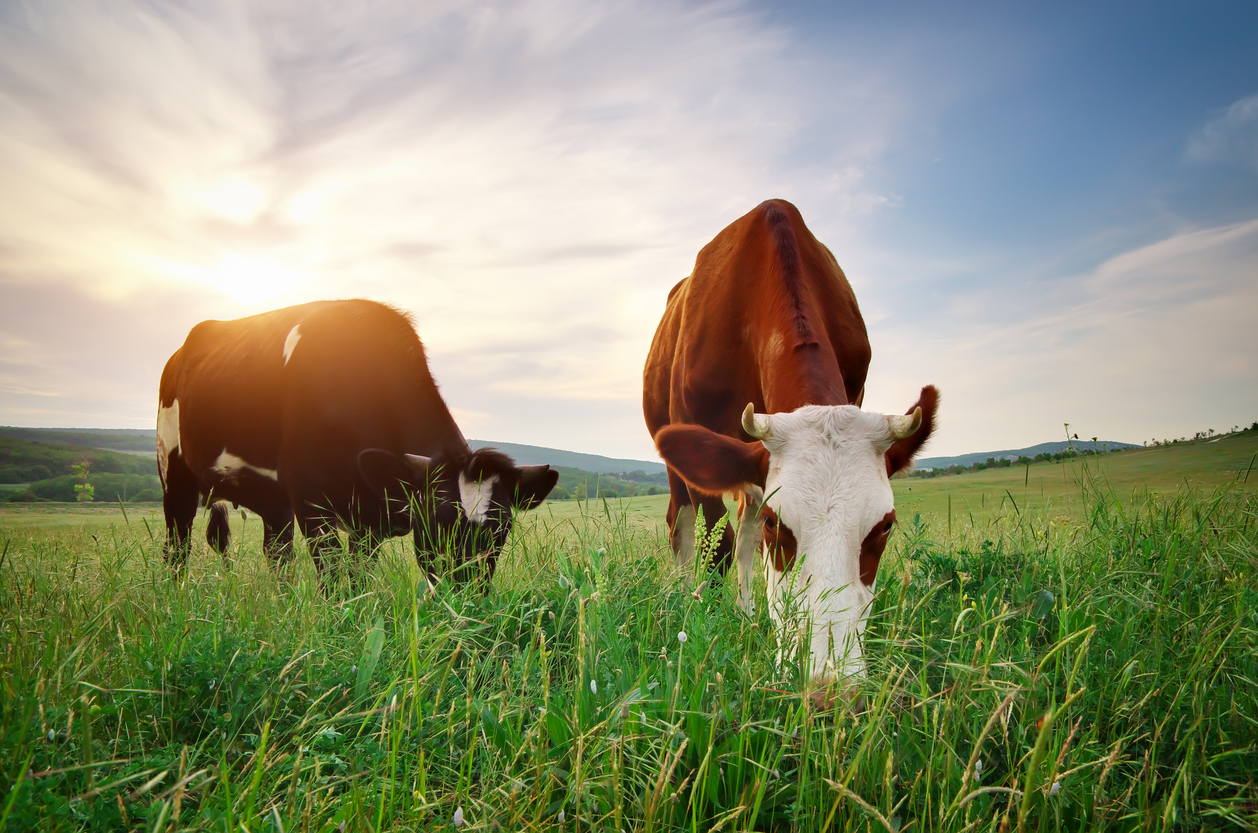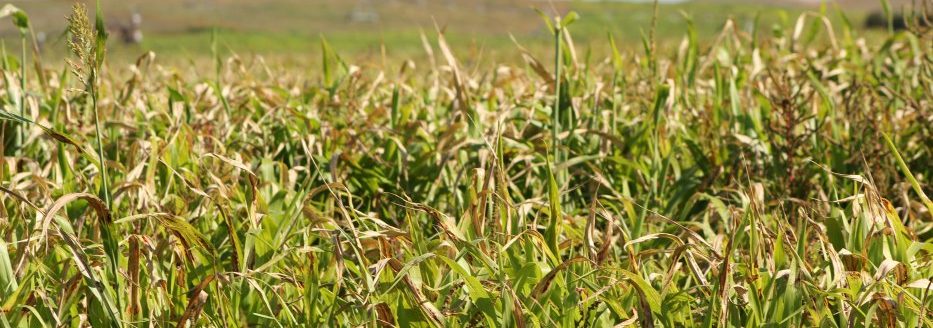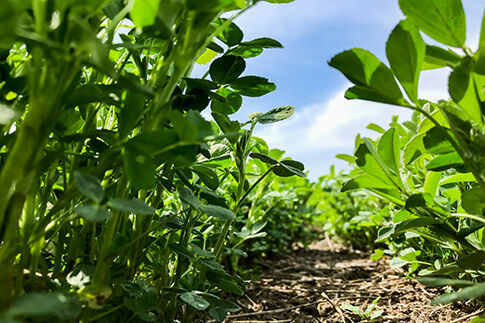Fresh forage options in the fall often come with strings attached. While the potential for high quality grazing is present, knowing the risks that may come along is critical to make the most out of these forage resources.
The two main drivers of risks for fall grazing come from the environment, freezing temperatures and drought. Let’s look at drought first.
When moisture is lacking, plant growth is slowed. This is a major obstacle for establishing fall forages but can cause problems with already growing plants too. Cover or forage crops planted during the summer may begin accumulating nitrates as dry weather slows growth. This is especially true for forages that planted into an already fertilized row crop that was hailed out.
Cold weather can be a cause for concern too. As temperatures drop, growth slows, and nitrates can build up again. When plant cells freeze, they can burst, making nutrients more readily available. In high quality forages, this can lead to bloat, especially early in the morning when forage moisture is highest.
In sorghum species including sudans, ruptured cells due to freezing is a bit more serious. This damage releases prussic acid a cyanide compound, which can be deadly to livestock if consumed in high enough quantities. While it can dissipate out in five to seven days, each time more of the plant is damaged by frost, prussic acid is released.
Fall forages can be a great grazing opportunity but need to be managed carefully to be safe. Watch for nitrates during dry weather and nitrates, bloat and prussic acid in sorghum species as temperatures drop to get the most out of your fall grazing.
PHOTO: Cows on green meadow. (iStock – Toltek)



